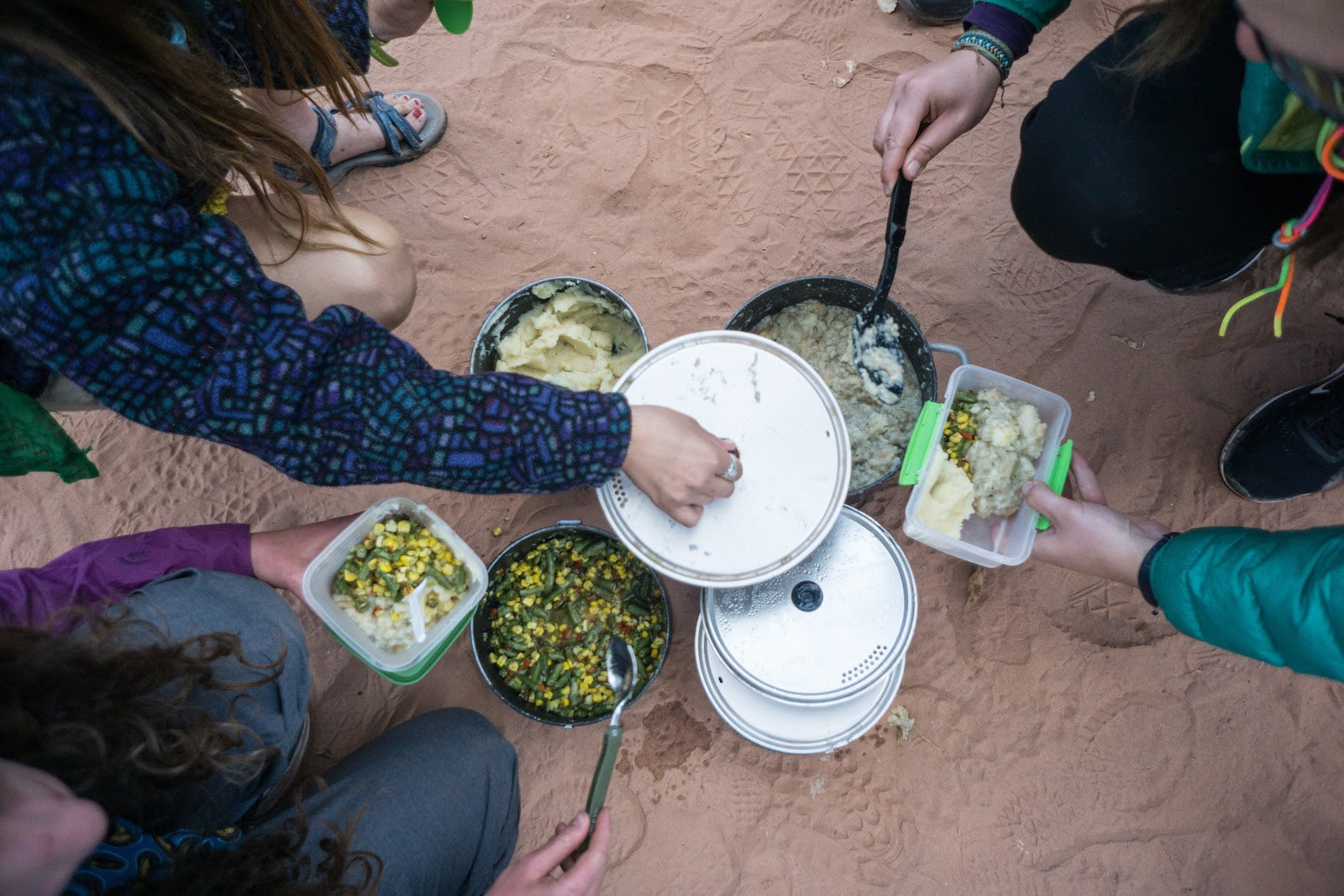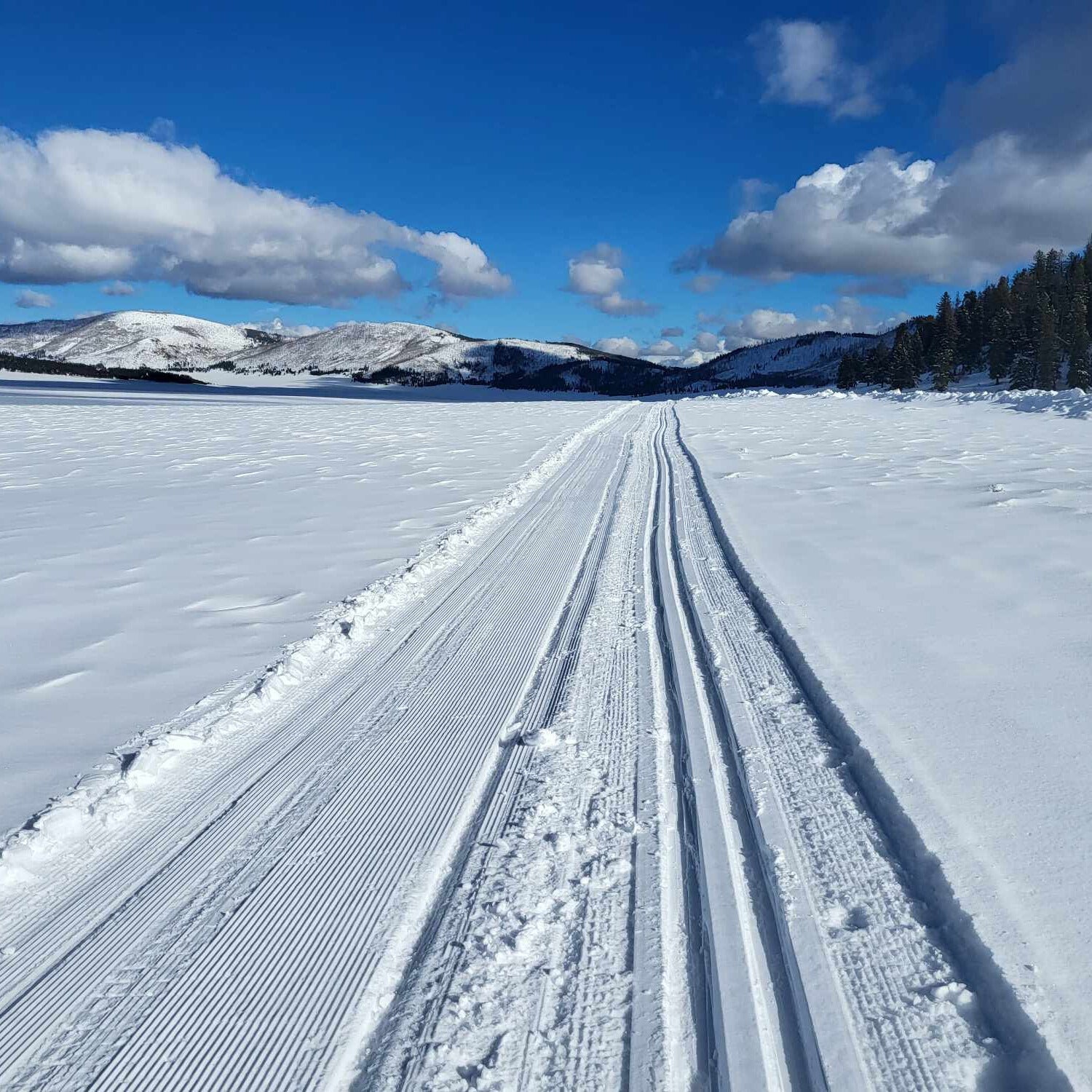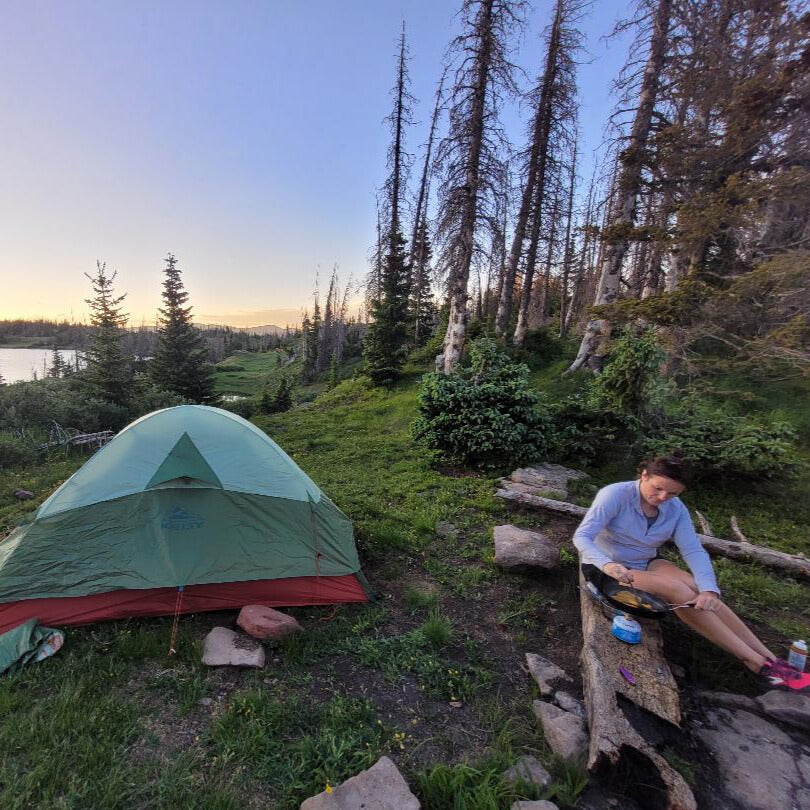Your Cart is Empty
accepting gear drop offs Mon-Sat 10am-5pm. No Consignment acceptance on Sundays.
accepting gear drop offs Mon-Sat 10am-5pm. No Consignment acceptance on Sundays.

Whether you’re a new or experienced hiker, shopping for a backpacking stove can be an overwhelming process. There are so many options on the market, all with different features, specifications, and fuel sources.

[A good camp stove is your magic ticket to a delicious backcountry feast!]
There are two major choices to make when picking a stove: you need to pick a weight class (heavy or light), and a fuel source (canister fuel or white gas are the two most common options). Both of these decisions should be based on your intended use. What kind of trip is this new stove going to be used for?

[What kind of adventures will you be using your stove for?]
First, think about the kind of cooking you’ll be doing with your new stove. This will determine the features that you need, and therefore the weight class of your new stove. Heavier stoves will be more durable and feature-rich. If you want to cook complicated meals on your stove, you’ll most likely be shopping for a heavier stove with good simmer control and support for bigger pots and pans. If you’re just going to be eating freeze-dried meals or simple pasta dishes, then a lighter stove will work just fine for you, and weigh less on your pack and your wallet.
Next, choose which type of fuel you’d like your stove to use. There are tons of options: white gas, propane, isobutane, alcohol, and solid fuel, just to name a few. Luckily the best backpacking stoves from leading manufacturers all use either white gas or isobutane canisters, simplifying your choice to just two options. In short, canister fuel is more user friendly, and white gas is cheaper and more versatile.

[White gas is the fuel source of choice for long expeditions, but requires more experience to safely use & maintain.]
We recommend a canister stove for most backpackers for a few reasons. Ease of use is the big one: no priming, pumping, pouring fuel, or accidental fireballs. All you need to do at the end of a long day is screw your stove into the canister, open the valve, and light the burner. Isobutane fuel canisters are also easy and safe to store, and can be found at outdoor and sporting goods stores nationwide.
The Durango Outdoor Exchange carries a line of lightweight canister stoves from Olicamp for hikers that are just looking to boil water or cook simple meals. They are very comparable to high-end models from MSR and Jetboil, but at a significantly reduced price.

[Olicamp makes some of the smallest & lightest canister stoves on the market!]
The Olicamp Vector is a great budget option, comparable to the MSR Pocket Rocket but very affordable at $29.95. At 3 ounces, it’s not too heavy either. The Olicamp Ion ($59.95 including an ultralight cookpot) is an excellent choice if you are really focused on saving weight; at only 1.5 ounces, it’s the world’s lightest stove! The Olicamp Kinetic ($49.95) is another great pick if you’re going lightweight but you want to be able to support a bigger pot.
We also sell used canister stoves from all the big brands like Jetboil, MSR, and Primus. These stoves are in the shop on consignment for great prices, typically less than half of the retail price. Our selection varies constantly so come on in and have a look!

[For big trips, it certainly helps to reduce the weight of your cooking setup, including your stove]
If you’re planning on going on lots of long trips or expeditions (more than four or five days), traveling internationally, or doing some winter camping, then a white gas stove will be a better option for you. White gas stoves use widely available fuel and can be field-serviced. They’re more fuel efficient, and the weight savings will add up on those longer trips. They also perform better in the cold. The downside is that they take a bit more work to use and maintain.

[White gas stoves are the best choice for winter camping]
We frequently see nice white gas stoves come through the shop on consignment. If you’re looking for an expedition stove, there’s a good chance we’ve got one for you!

Thanksgiving is almost here–and skiing this early is always a gamble. Here are some non-skiing warm(er) weather destination ideas for the long break.

Just a couple hours from Durango, Valles Caldera is a great cross-country skiing destination, with surprisingly good snow and very few visitors.
Valles Caldera National Preserve is a popular hiking destination in the summer and a surprisingly great skiing destination in the winter.

When spending one night (or many) in the backcountry, a warm dinner at night and hot beverage in the morning can make the difference. That invariably involves using a stove of some sort–but which one?
Stove technology has been around for decades, but new tech is making them lighter, more efficient, and more dependable than ever before. Here’s a rundown of the different kinds of backpacking stoves: